- Have any questions?
- +86-189 8930 5995
- sales@mosinterchem.com.cn
Fumaric Acid CAS 110-17-8

Resorcinol CAS 108-46-3
19/12/2018
Pentaerythritol CAS 115-77-5
19/12/2018| Model: | MOS110-17-8 |
| Brand Name: | MOSINTER |
| CAS No.: | 110-17-8 |
| Appearance: | White odorless powder or crystalline solid particles |
| Purity (base on C4H4O4) %: | 99.50~100.50 (dry basis) |
| Heavy metal (base on Pb) PPM: | ≤ 10 |
| Water content %: | ≤ 0.5 |
| Melting range oC: | 286~302 |
| Arsenic (base on As) PPM: | ≤ 3 |
| Residue on ignition %: | ≤ 0.1 |
| Maleic acid %: | ≤ 0.1 |
| Chroma (in 5% ethanol) #: | ≤ 15 |
Fumaric Acid (CAS: 110-17-8)
| Item | Index |
| Appearance | White odorless powder or crystalline solid particles |
| Purity (base on C4H4O4) % | 99.50~100.50 (dry basis) |
| Heavy metal (base on Pb) PPM | ≤ 10 |
| Arsenic (base on As) PPM | ≤ 3 |
| Water content % | ≤ 0.5 |
| Melting range oC | 286~302 |
| Residue on ignition % | ≤ 0.1 |
| Chroma (in 5% ethanol) # | ≤ 15 |
| Maleic acid % | ≤ 0.1 |
Fumaric acid or trans-butenedioic acid is the chemical compound with the formula HO2CCH=CHCO2H. This white crystalline compound is one of twoisomeric unsaturated dicarboxylic acids, the other being maleic acid. In fumaric acid the carboxylic acid groups are trans (E) and in maleic acid they are cis (Z). Fumaric acid has a fruit-like taste. The salts and esters are known as fumarates. Dimethyl fumarate significantly reduces disability progression in multiple sclerosis.
Chemistry
Fumaric acid was first prepared from succinic acid. A traditional synthesis involves oxidation of furfural (from the processing of maize) usingchlorate in the presence of a vanadium-based catalyst. Currently, industrial synthesis of fumaric acid is mostly based on catalytic isomerisationof maleic acid in aqueous solutions at low pH. Maleic acid is accessible in large volumes as a hydrolysis product of maleic anhydride, produced by catalytic oxidation of benzene or butane.
The chemical properties of fumaric acid can be anticipated from its component functional groups. This weak acid forms a diester, it undergoes additions across the double bond, and it is an excellent dienophile.
Fumaric acid does not combust in a bomb calorimeter under conditions where maleic acid deflagrates smoothly. For teaching experiments designed to measure the difference in energy between the cis- and trans- isomers, a measured quantity of carbon can be ground with the subject compound and the enthalpy of combustion computed by difference.
Biology
Fumaric acid is found in fumitory (Fumaria officinalis), bolete mushrooms (specifically Boletus fomentarius var. pseudo-igniarius), lichen, andIceland moss.
Fumarate is an intermediate in the citric acid cycle used by cells to produce energy in the form of adenosine triphosphate (ATP) from food. It is formed by the oxidation of succinate by the enzyme succinate dehydrogenase. Fumarate is then converted by the enzyme fumarase to malate. Human skin naturally produces fumaric acid when exposed to sunlight.[citation needed]
Fumarate is also a product of the urea cycle.
Uses
Food
As a food additive, it is used as an acidity regulator and is denoted by the E number E297. Fumaric acid is a food acidulent used since 1946. It is generally used in beverages and baking powders for which requirements are placed on purity. It is generally used as a substitute for tartaric acidand occasionally in place of citric acid, at a rate of 1.36 g of citric acid to every 0.91 grams of fumaric acid to add sourness, similar to the way malic acid is used. It is also used as a coagulant in stovetop pudding mixes.
It is approved for use as a food additive in the EU, USA and Australia and New Zealand (where it is listed by its INS number 297).
Medicine
In patients with relapsing-remitting multiple sclerosis, dimethyl fumarate (BG-12, Biogen) significantly reduced relapse and disability progression in a phase 3 trial. It activates the Nrf2 antioxidant response pathway, the primary cellular defense against the cytotoxic effects of oxidative stress.
Other uses
Fumaric acid is used in the manufacture of polyester resins and polyhydric alcohols and as a mordant for dyes.
Safety
Fumaric acid converts to the irritant maleic anhydride, upon partial combustion.
It is “practically non-toxic” but high doses are probably nephrotoxic after long term use.
You must be logged in to post a review.

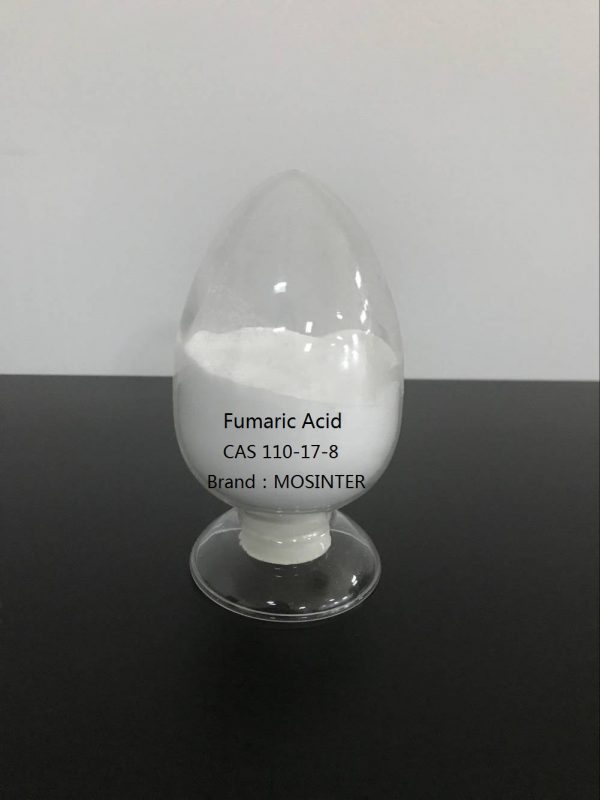
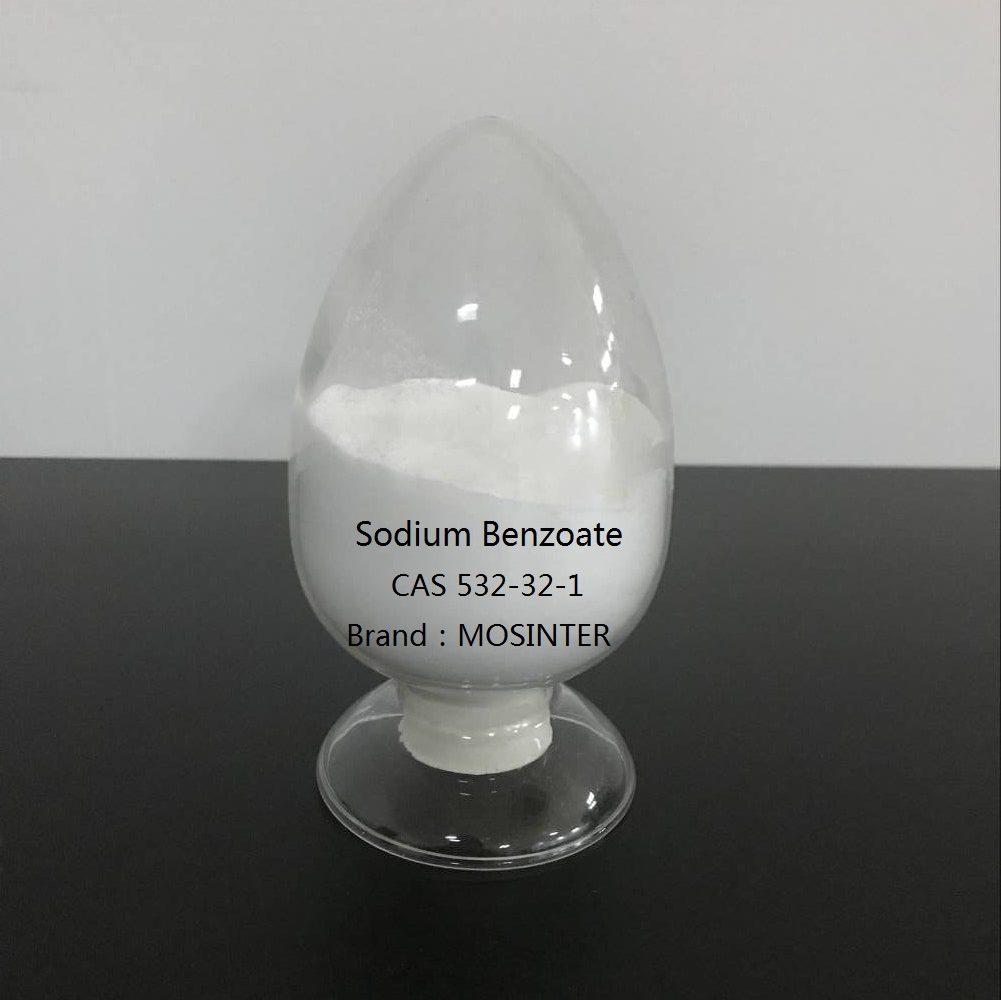
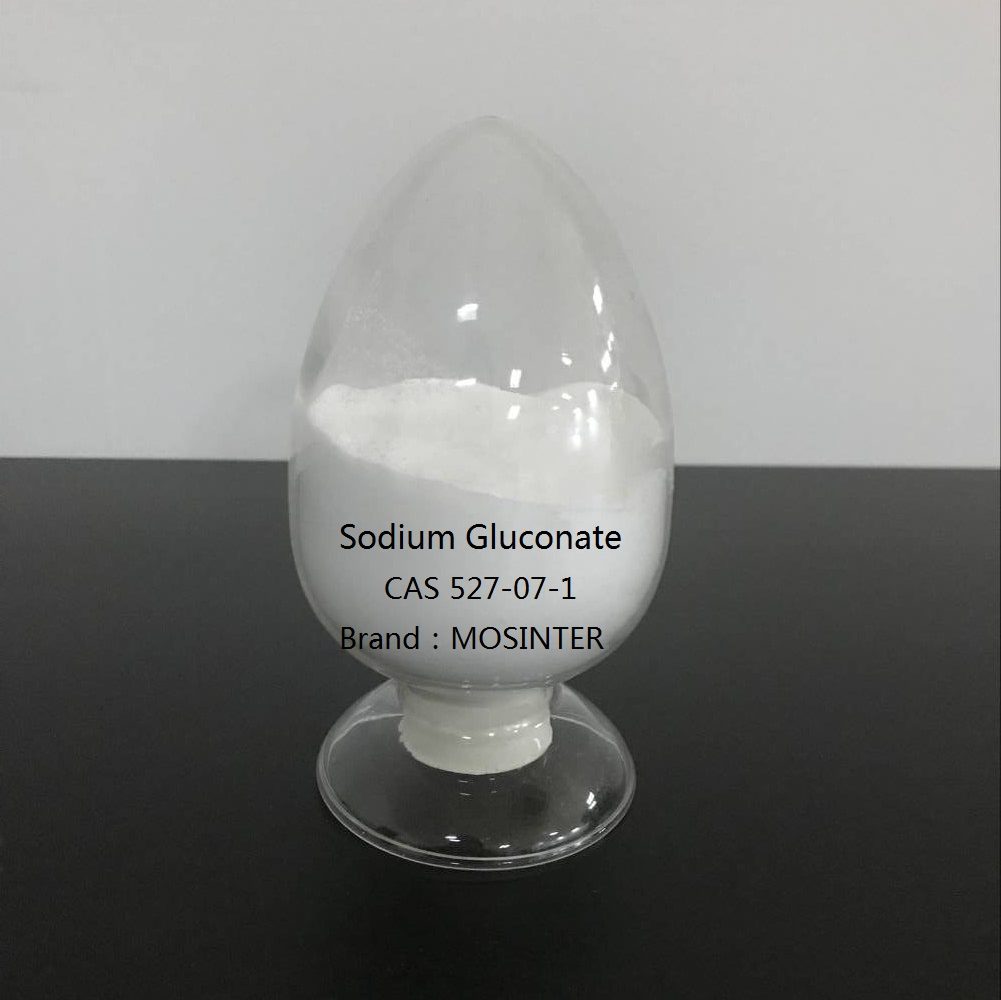
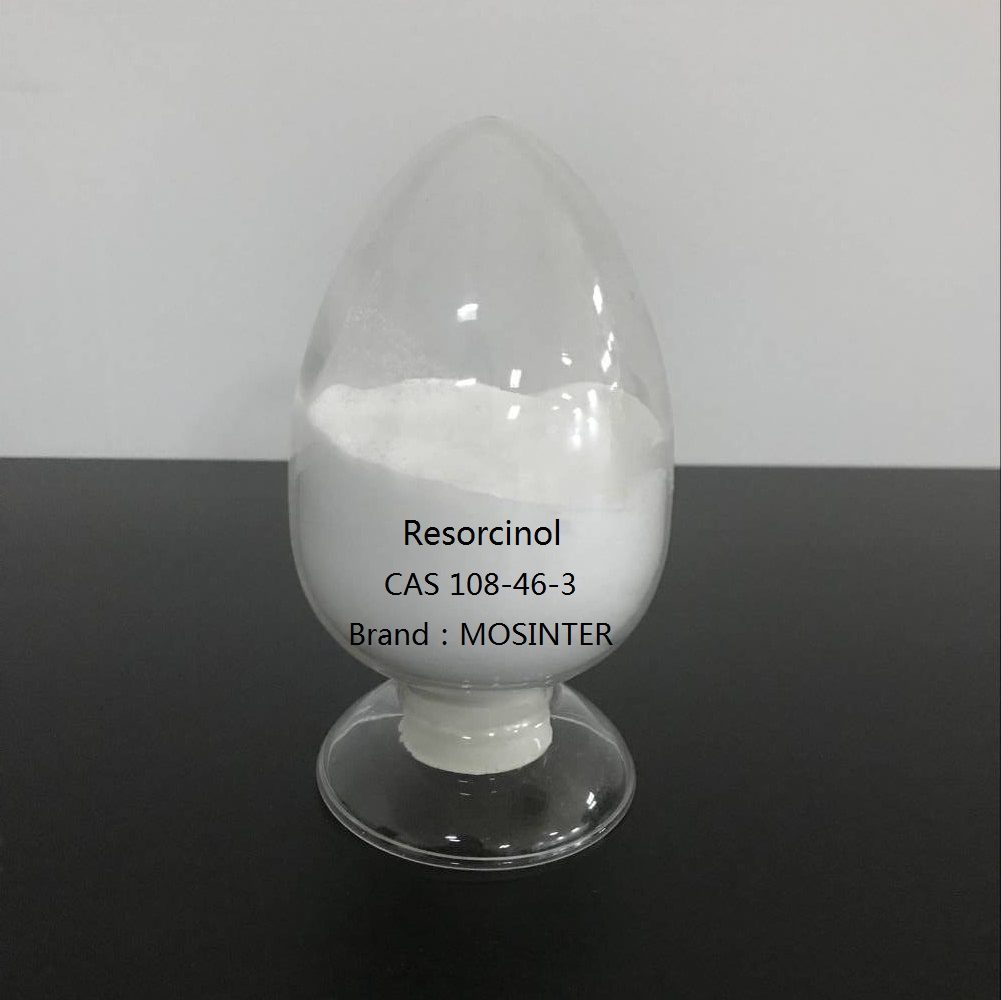
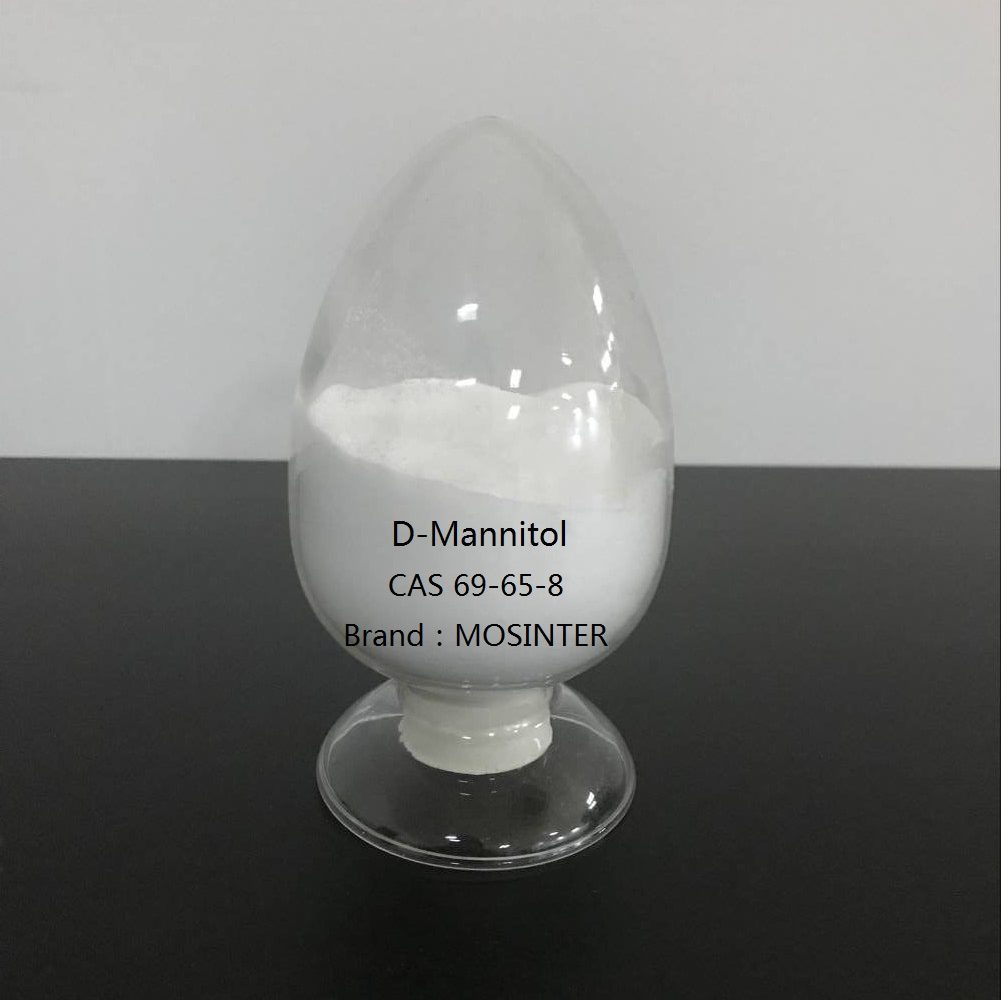
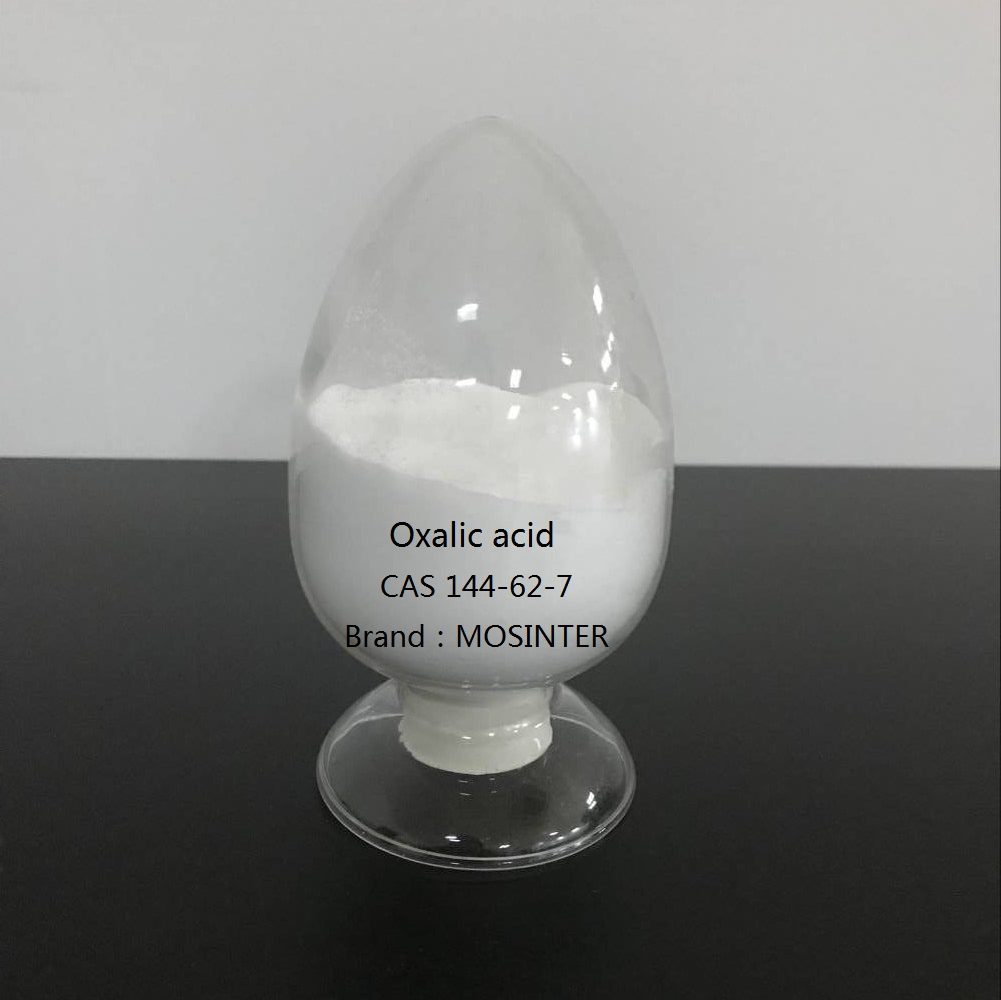
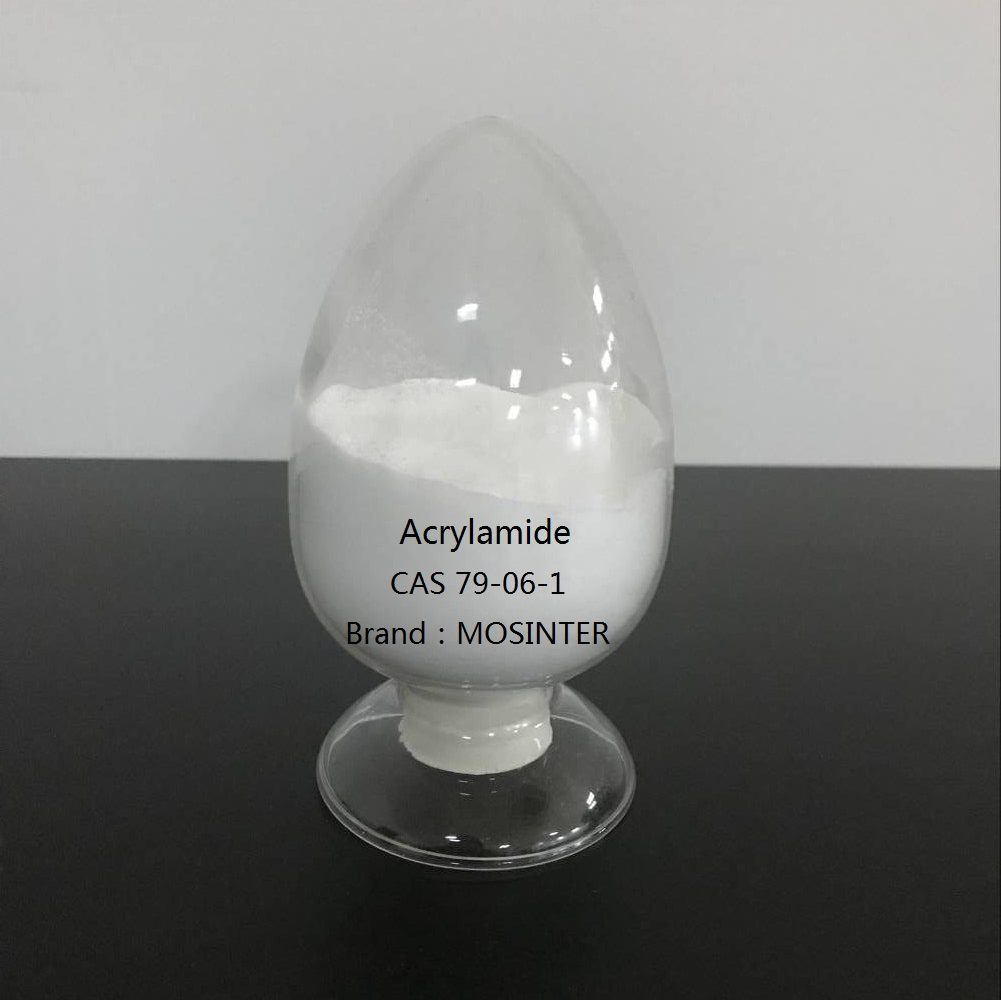
Reviews
There are no reviews yet.